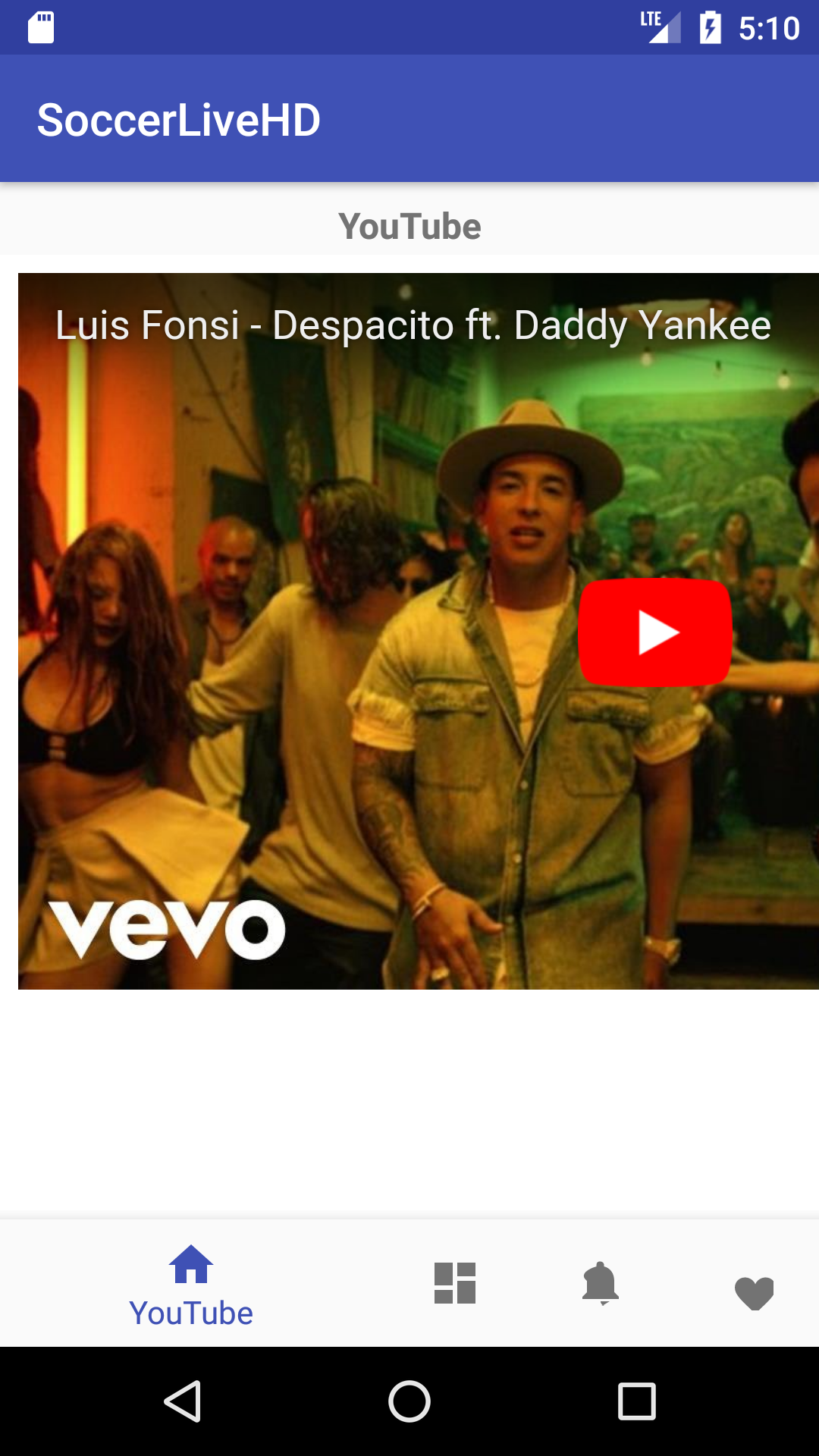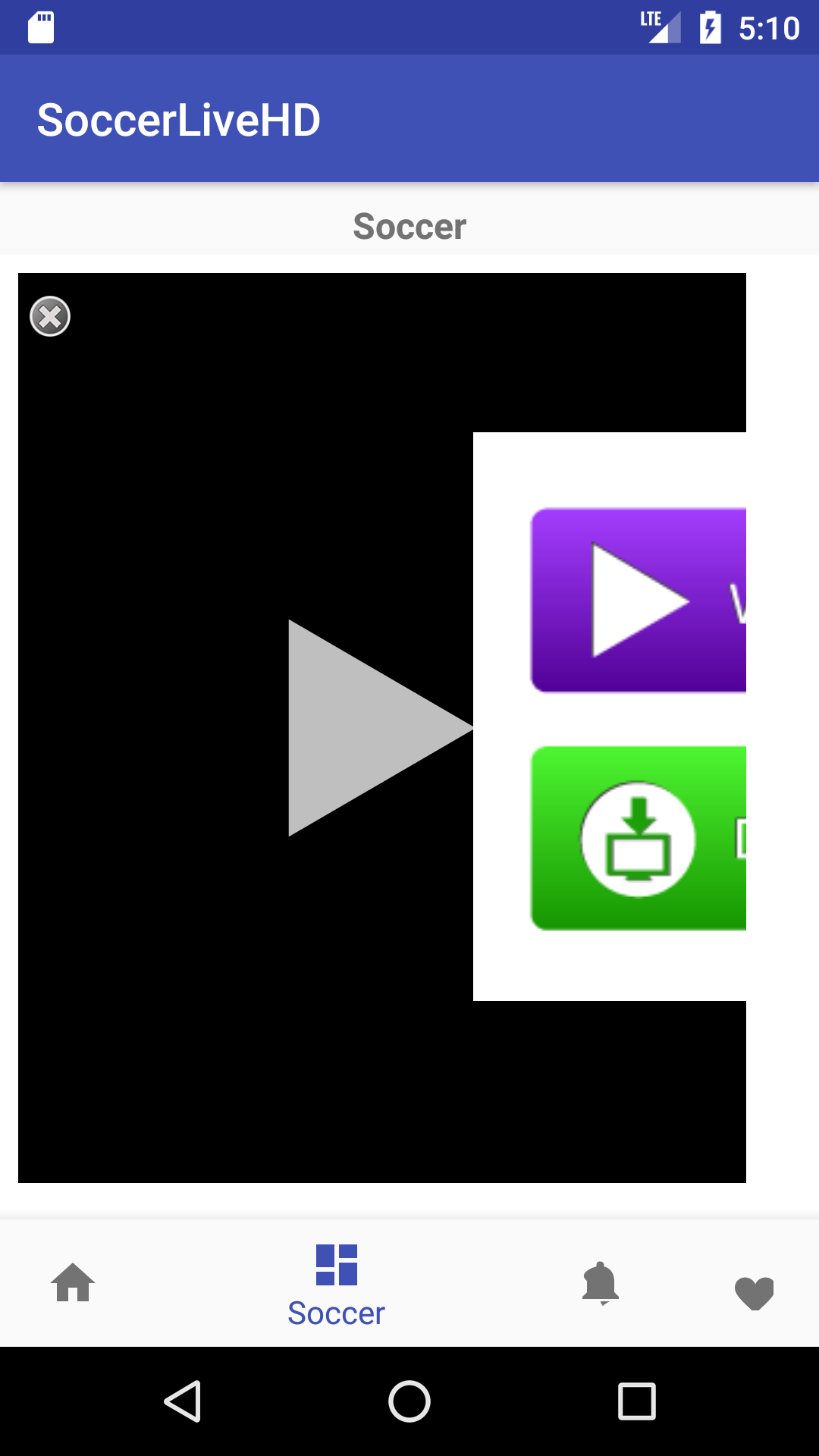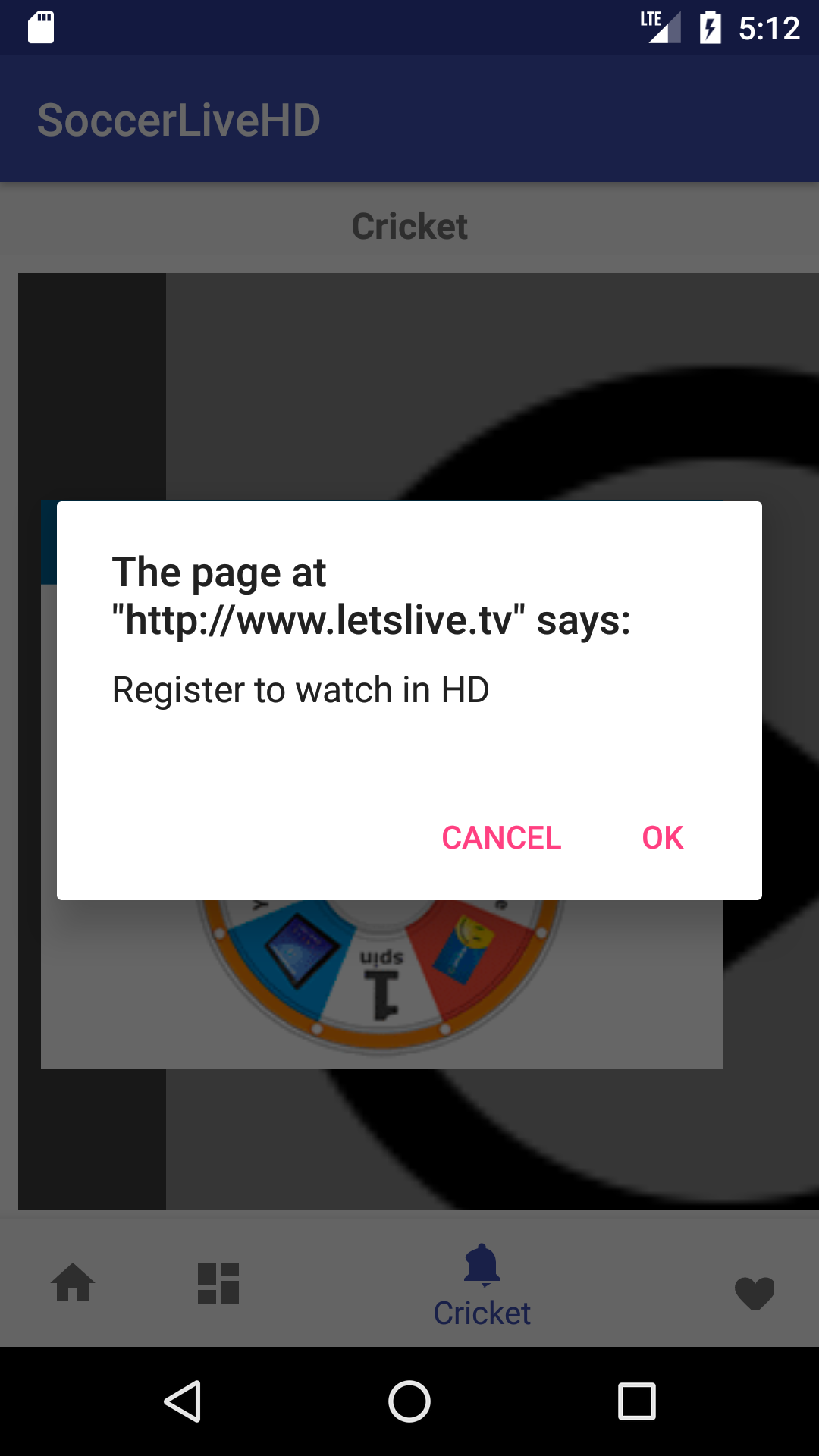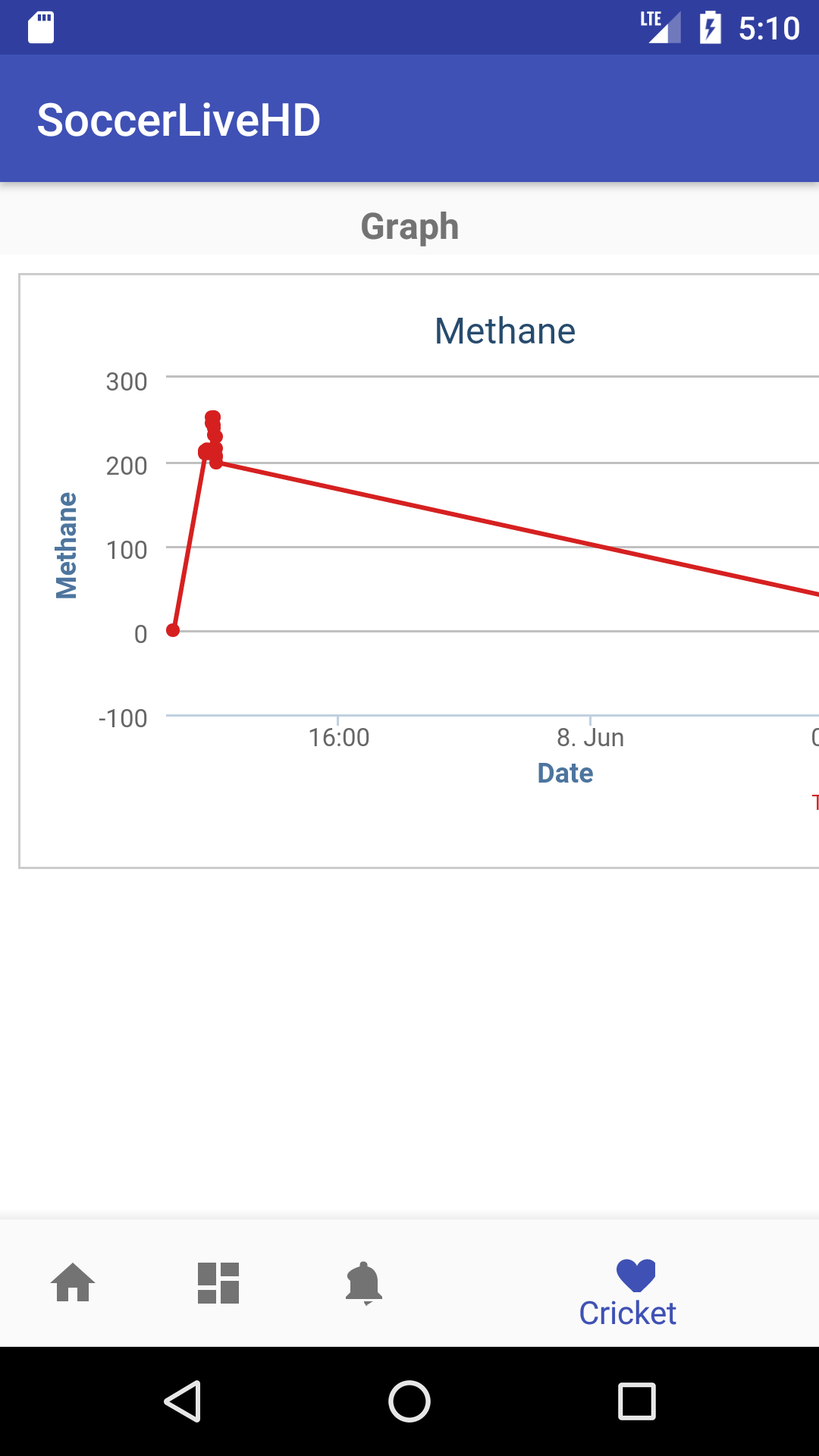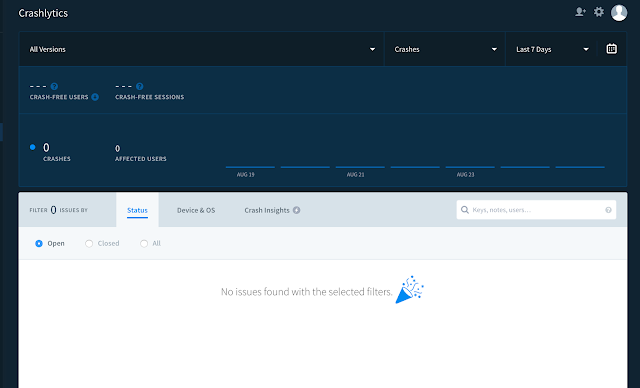Represents a compiled regular expression. Provides functions to match strings in text with a pattern, replace the found occurrences and split text around matches.
Here are some examples;
1. Check Email address valid or not (using matches )
println(".....email pattern check....")
val emails = listOf("abc_d@gmail.com", "test!@hotmail.com","abc_d@mailcom",
"343434ffsdkfs#mail", "p6060606@gmail.com","_testmaail$@last.com")
val emailPattern = "[a-zA-Z0-9._-]+@[a-zA-Z0-9-]+\\.[a-zA-Z.]{2,18}".toRegex()
emails.forEach { email ->
if (emailPattern.matches(email)) {
println("$email matches")
} else {
println("$email does not match")
}
}
output:
/* .....email pattern check....
abc_d@gmail.com matches
test!@hotmail.com does not match
abc_d@mailcom does not match
343434ffsdkfs#mail does not match
p6060606@gmail.com matches
_testmaail$@last.com does not match
*/
2. Find the exact substring(partially word) inside the words in list
- containsMatchIn
- matches
val testWords = listOf("test", "testified", "testing", "techtest",
"exam","labtest", "roadtest", "protest", "tstom", "testimonials")
val pattern = "test".toRegex()
println("*********particular sub string inside the string************")
println("containsMatchIn function")
testWords.forEach{ word ->
if(pattern.containsMatchIn(word)){
println("$word matches")
}else{
println("$word not matches")
}
}
println("********* exact string to another string ************")
println("matches function")
testWords.forEach { word ->
if (pattern.matches(word)) {
println("$word matches")
}else{
println("$word not matches")
}
}
output
/**********particular sub string inside the string************
containsMatchIn function
test matches
testified matches
testing matches
techtest matches
exam not matches
labtest matches
roadtest matches
protest matches
tstom not matches
testimonials matches
********* exact string to another string ************
matches function
test matches
testified not matches
testing not matches
techtest not matches
exam not matches
labtest not matches
roadtest not matches
protest not matches
tstom not matches
testimonials not matches */
3. Find only only from the string or sentence - findAll
findAll
println("....find only numbers.....")
val findNumInText = "Use numerals, however, when the number modifies a unit of measure, time, proportion, etc.: 2 inches, 5-minute delay, 65 mph, 23 years old, page 23, 2 percent. "
val patternN = "\\d+".toRegex()
val founds = patternN.findAll(findNumInText)
founds.forEach { num ->
val foundValue = num.value
println(foundValue)
}
output
/*....find only numbers.....
2
5
65
23
23
2*/
4. Find particular word and its indices in sentence
println("...Find particular word and its indices in sentence...using\\\\b operator......")
val sent = "But you never know now do you now do you now do you."
val patternIs = "\\byou\\b".toRegex()
val matchesIS = patternIs.findAll(sent)
matchesIS.forEach { word ->
val value = word.value
val index = word.range
println("$value found at indexes: $index")
}
output:
/* ...Find particular word and its indices in sentence...using\\b operator......
you found at indexes: 4..6
you found at indexes: 26..28
you found at indexes: 37..39
you found at indexes: 48..50
*/
If you want know more about regex, please check out this:
https://kotlinlang.org/api/latest/jvm/stdlib/kotlin.text/-regex/
https://docs.oracle.com/javase/8/docs/api/java/util/regex/Pattern.html




















